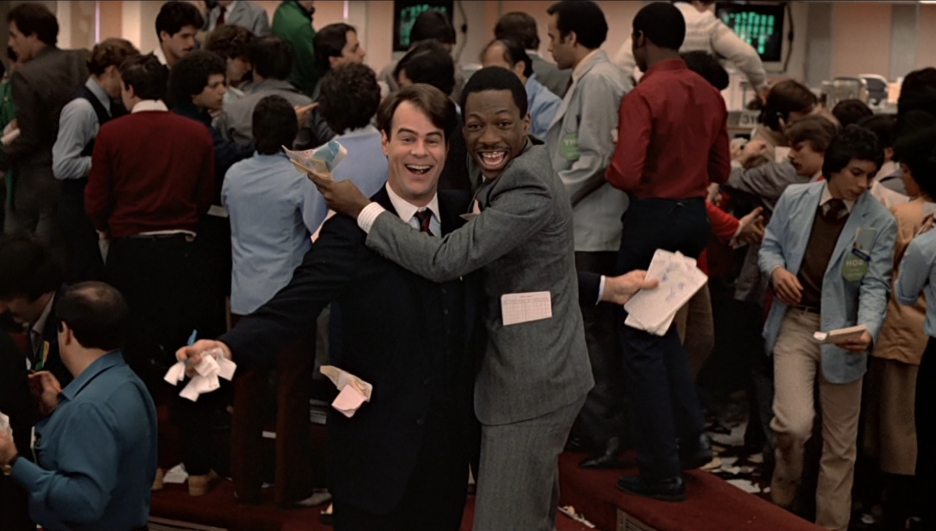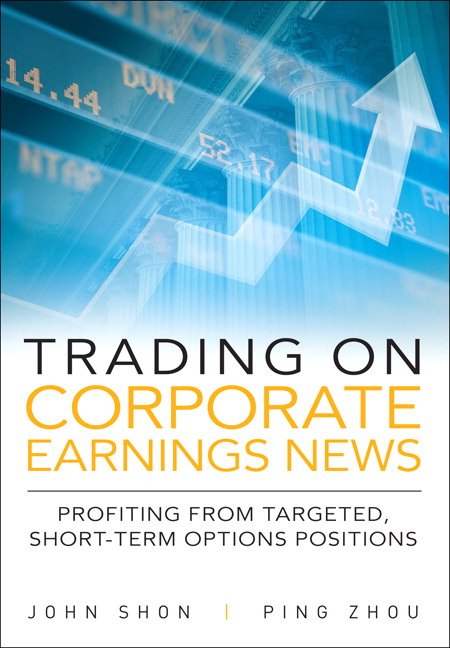Become an indomitable investor — with Steven Sears
To build and protect wealth, Investors don’t need another get-rich-quick scheme.
Instead, look at history’s best investors to understand the basics of investing, the players in the market and their different priorities, what works and what doesn’t, and how to manage volatility.
Steven Sears, editor and columnist at Barron’s, has written just such a book. His writing has a lifetime of experience and advice witnessing what works for the best investors…and what doesn’t.
He joins us on Tradestreaming Radio to discuss his new book, The Indomitable Investor.
Listen to the FULL episode
Continue reading “Become an indomitable investor — with Steven Sears”
The Best Way to Play Earnings with Options — with John Shon (transcript)
This transcript comes an interview with John Shon that you can find here. You can also find our archives of interviews with some of the world’s best investors here.
Announcer: Live from the Internet, it’s Tradestreaming Radio, with your host, Tradestreaming.com’s own Zack Miller.
Zack: Hey, this is Zack Miller. You’re listening to Tradestreaming Radio, the place on the Internet where investors can learn directly from experts.
One thing I’ve found in my individual investing practice, both my own investing and the work I do with clients, is that, although I know basic options strategies, I’ve struggled to really implement them. More than anything, I feel that options are a great way for a lot of investors to lower the risk in terms of playing out a thesis that they have on a particular stock.
The hardest thing to do with options is to pick a direction, and this is what many investors do, is to buy a call or buy a put, and basically say, “I’m making a bet that the stock’s going to go up or down.” It’s (a) very hard to pick which direction, and (b) a lot of times even if we’re right, meaning earnings season is particularly good, there’s some good news out, the stock may not react the way we’re predicting it.
I was really interested to read this book that was put out recently on the FT Press by John Shon, who’s a professor of accounting at Fordham. He has a Ph.D. from University of Chicago at Booth School. He wrote a book along with Ping Zhou called “Trading on Corporate Earnings News: Profiting from Targeted Short-Term Options Positions.” I invited John on to the show today to discuss the book. Continue reading “The Best Way to Play Earnings with Options — with John Shon (transcript)”
The Best Way to Play Earnings with Options — with John Shon
Investors should always be on the prowl for investment strategies to improve returns while lowering risk.
While everyone knows that options can help here, very few individual investors I’ve met actually have a good strategy to implement options.
John Shon, author of Trading on Corporate Earnings News: Profiting from Short Term Options Positions and a professor of accounting at Fordham University, joins us on this episode to discuss:
- why earnings announcements are good times for investors to make money
- why stocks continue to move big after earnings, even though they’re being scrutinized
- how to use options regardless of whether we’re right about earnings strength/weakness
- how to capitalize on post-earnings announcement drift (stocks continue to move AFTER earnings announcement)
- advice on how to increase chances of success in options strategies around earnings announcements Continue reading “The Best Way to Play Earnings with Options — with John Shon”











